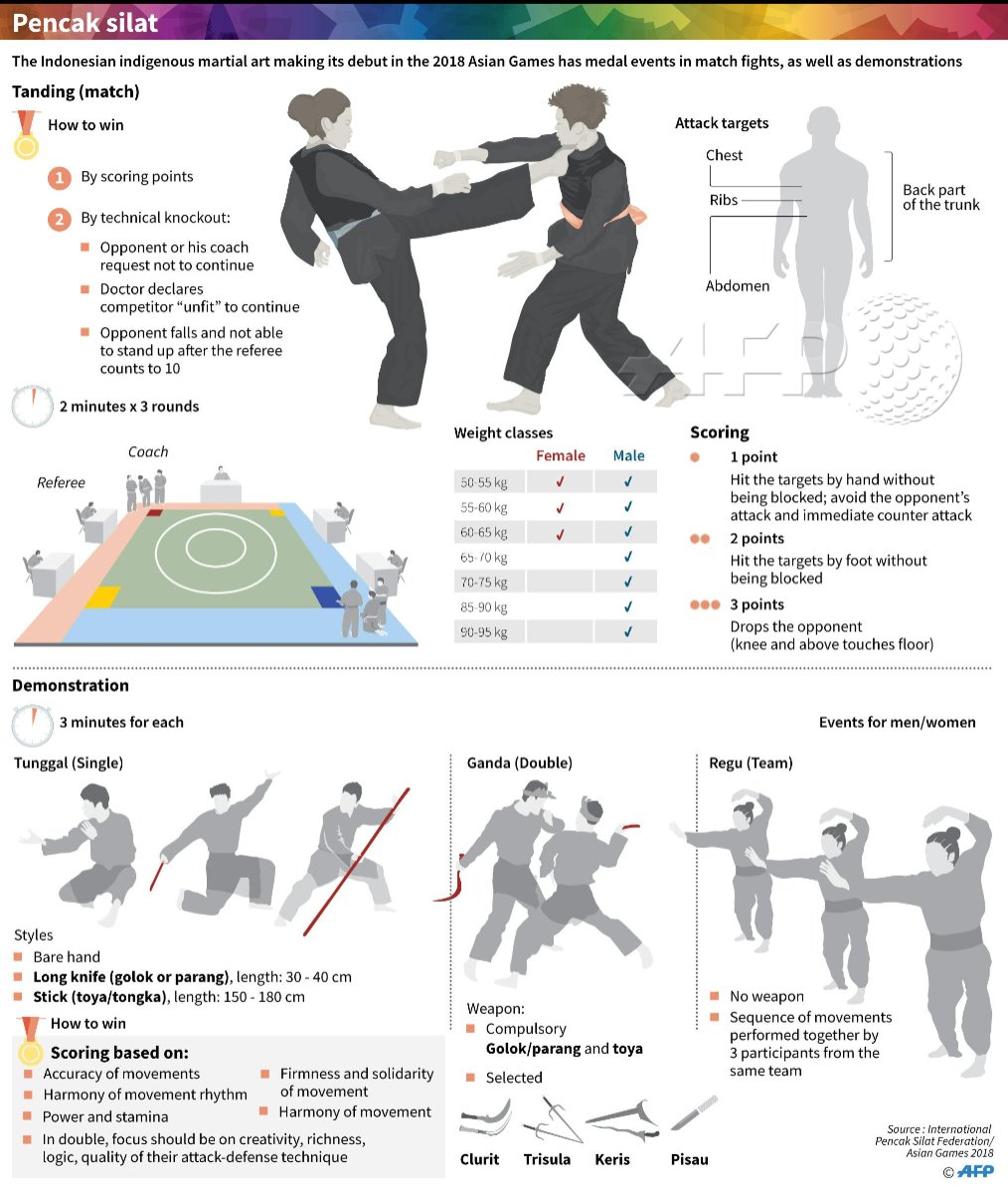Secret Distinctions In Between Conventional Martial Arts And Modern Combat Sports: An In-Depth Analysis
Secret Distinctions In Between Conventional Martial Arts And Modern Combat Sports: An In-Depth Analysis
Blog Article
Material By-Camp Burch
When you think about martial arts, do you lean extra towards the traditional methods or the modern combat sporting activities? Each course uses unique advantages and experiences, formed by their philosophies and training techniques. Typical martial arts emphasize personal development and technique, while contemporary combat sports focus on competitors and performance. Comprehending these distinctions can lead you in picking the best method for your journey. But just how do these distinctions manifest in training and ideology?
The Viewpoint and Background Behind Traditional Martial arts
While lots of people link martial arts with physical battle, the approach and history behind standard martial arts run much deeper. You'll find that these techniques emphasize individual development, technique, and regard.
Originating from https://martial-arts-birthday-par76654.elbloglibre.com/35497976/advantages-for-the-mind-and-emotions-obtained-from-taking-part-in-martial-arts , standard martial arts were commonly created for Self-Defense and spiritual growth. They personify principles such as balance, consistency, and self-control, assisting specialists past plain fighting abilities.
As you educate, you'll not just discover strategies but likewise get insights into the society and values that formed these arts. The routines and customs, often given through generations, foster a sense of neighborhood and belonging.
The Affordable Nature of Modern Fight Sports
Modern combat sporting activities have actually changed the landscape of martial arts right into an extremely competitive sector, where athletes face off in an examination of skill, method, and endurance.
You'll see that competitions are usually organized with stringent regulations and policies, making certain fair play and safety. These occasions attract large target markets, sustaining the exhilaration and intensity of competitions.
Athletes educate carefully, not just for physical expertise yet also for psychological durability, understanding that every information counts in the ring. The adrenaline thrill throughout competitions is apparent, as fighters push their limits to declare victory.
Fans appreciate the athleticism and virtuosity involved, making contemporary fight sporting activities a thrilling phenomenon that continues to evolve and captivate fanatics around the globe.
Training Approaches and Techniques: A Relative Analysis
The affordable environment of modern combat sporting activities demands ingenious training methods that vary considerably from typical martial arts.
In modern-day training, you'll focus on certain methods, competing, and conditioning, frequently making use of drills that simulate actual battle situations. You'll see a focus on measurable performance and constant competitors to analyze your abilities.
In https://www.stgeorgeutah.com/news/archive/2022/04/30/jmr-hurricane-martial-arts-instructor-named-member-of-centuries-old-japanese-ninja-clan/ , standard martial arts focus on forms, katas, and thoughtful trainings, often stressing self-control and respect over competition.
Training is typically less extreme and may involve repeated method instead of real-time sparring.
While both strategies develop skill and fitness, modern combat sporting activities give a much more dynamic and adaptable training atmosphere, preparing you for prompt obstacles in the ring or cage.
Select the course that lines up with your goals and interests.
Conclusion
In choosing between traditional martial arts and contemporary fight sporting activities, it really comes down to what you value a lot of. If you're looking for individual growth, discipline, and a feeling of neighborhood, standard arts could be your finest fit. However if you grow on competition and real-time challenges, modern battle sports could be the means to go. Ultimately, both paths supply unique advantages, so it's all about straightening your training with your individual objectives and interests.
